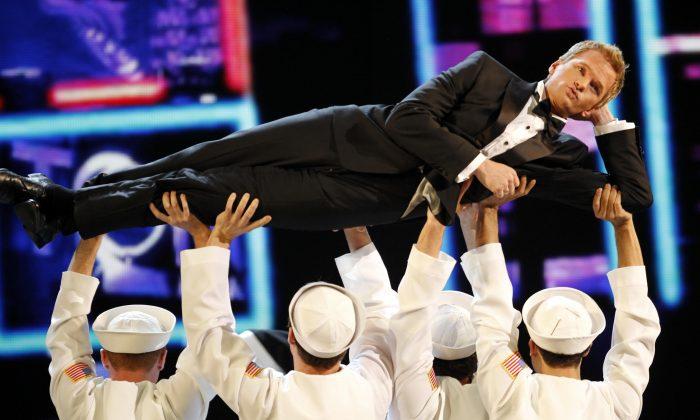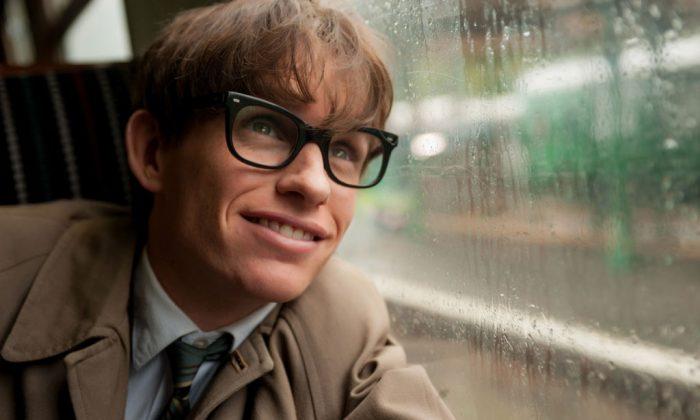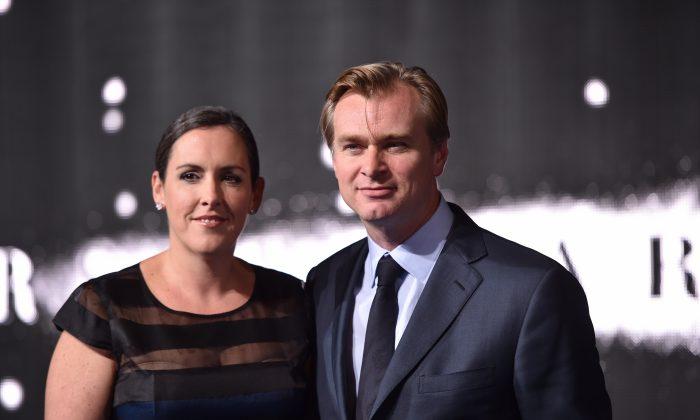NEW YORK—Albert Einstein once said, “For an idea that does not at first seem insane, there is no hope.” This is what the idea to block off Broadway at Times Square felt like to Mayor Michael Bloomberg in May 2009.
When the city’s Transportation Commissioner Janette Sadik-Khan introduced the idea to the mayor, he replied: “You want to do what!?”
But the two mulled over the idea, came up with a plan, and introduced a temporary pilot plaza on Broadway between 42nd and 43rd streets.
Sadik-Khan said that in the beginning critics called the plan “from carmageddon-style gridlock, to wind swept, empty plazas.”
“Because it’s New York where there are over 8 million people, and at any time, 16 million opinions, we faced a few skeptics,” Sadik-Khan said at Times Square Plaza between 42nd and 43rd streets where officials cut the ribbon on the pedestrian plaza.
After six months of tracking car flow, using data collected from taxi GPS devices, tracking pedestrian fatalities, and business response, the data proved plaza space benefited the city in all aspects. For example, traffic injuries at the plaza decreased by 33 percent.
“The increase in foot traffic has been a boom for business, and for our city the redesign of Times Square has meant safer pedestrians and quicker traffic,” Bloomberg said on Monday.
In his 12 years as mayor, Bloomberg opened 58 other plazas that equal to 26 acres of pedestrian public space in the city.
The space on Broadway between 42nd and 43rd is the first of five pedestrian plazas that will run up Broadway to 47th Street. The temporary space opened this Monday was intended for big upcoming events like the New Year’s Ball Drop and the Super Bowl. Construction on the plazas will restart in the spring, weather permitting, and continue through 2015 to reach the end goal of 140,000 square feet of permanent plaza space in Times Square.
Construction on the plazas meant replacing waterways from 1904, sewers from 1919, and century-old streetcar tracks, according to Sadik-Khan.
The plazas on Broadway will also offer the first permanent electrical, sound, and broadcasting connections. Department of Design and Construction Associate Commissioner Dino Ng said that they have especially made underground access for the wiring at two main points on 42nd and 47th streets.
“With the spaces we have, you can have any kind of events now,” Ng said.
Times Square Alliance President Tim Tompkins said the plaza is a game changer and a great democratizing action that brings the city back to the pedestrians.
“How many people in New York City have cars? The great majority of them just walk around,” he said.
As the officials cut the green ribbon at the plaza, a flurry of colorful confetti shot out into the air, landing on wet concrete tiles, which the dozen or so Times Square Alliance workers then tried to scrub off with brooms.
Skepticism From Mayor-Elect Bill de Blasio
The city’s incoming mayor, Bill de Blasio, who will assume office in January has doubted that pedestrian plazas were a win-win for everyone, saying that as a motorist he was often frustrated when going through Times Square. At the same time he saw how the plazas had a positive outcome on the tourist industry.
“I have profoundly mixed feelings on this issue,” de Blasio said during a debate in October.
“I certainly want to give it a look, given some of the concerns I have heard from the people in the surrounding areas, I want to give that a look and make sure that’s being done right,” he said on the Brian Lehrer show, also in October.
To this, Bloomberg only gave one suggestion to the mayor-elect during the Monday celebration.
“Listen to everybody, but then do what you think is right. The mayor is elected to lead, not to do a poll and follow where the crowd is going. That’s what leadership is all about,” Bloomberg said.




